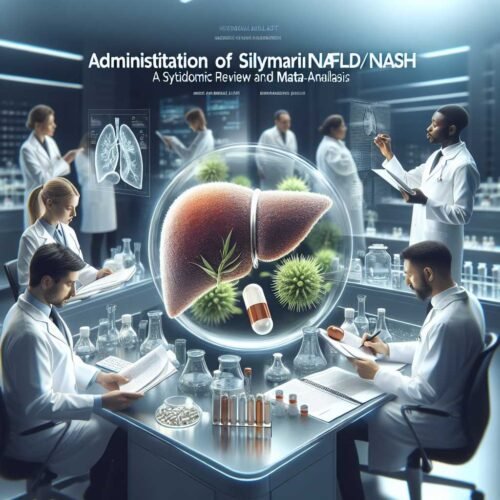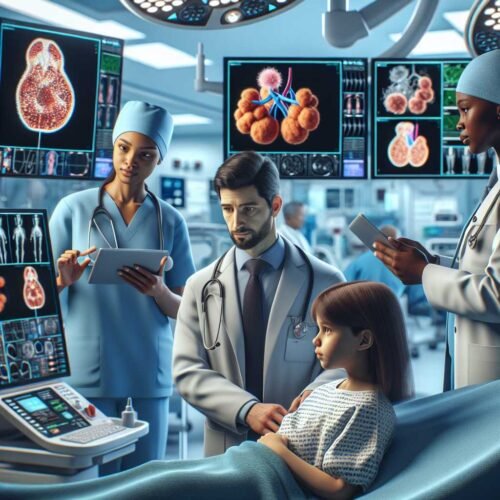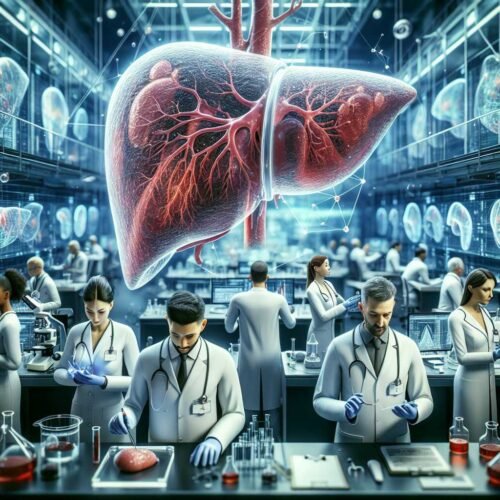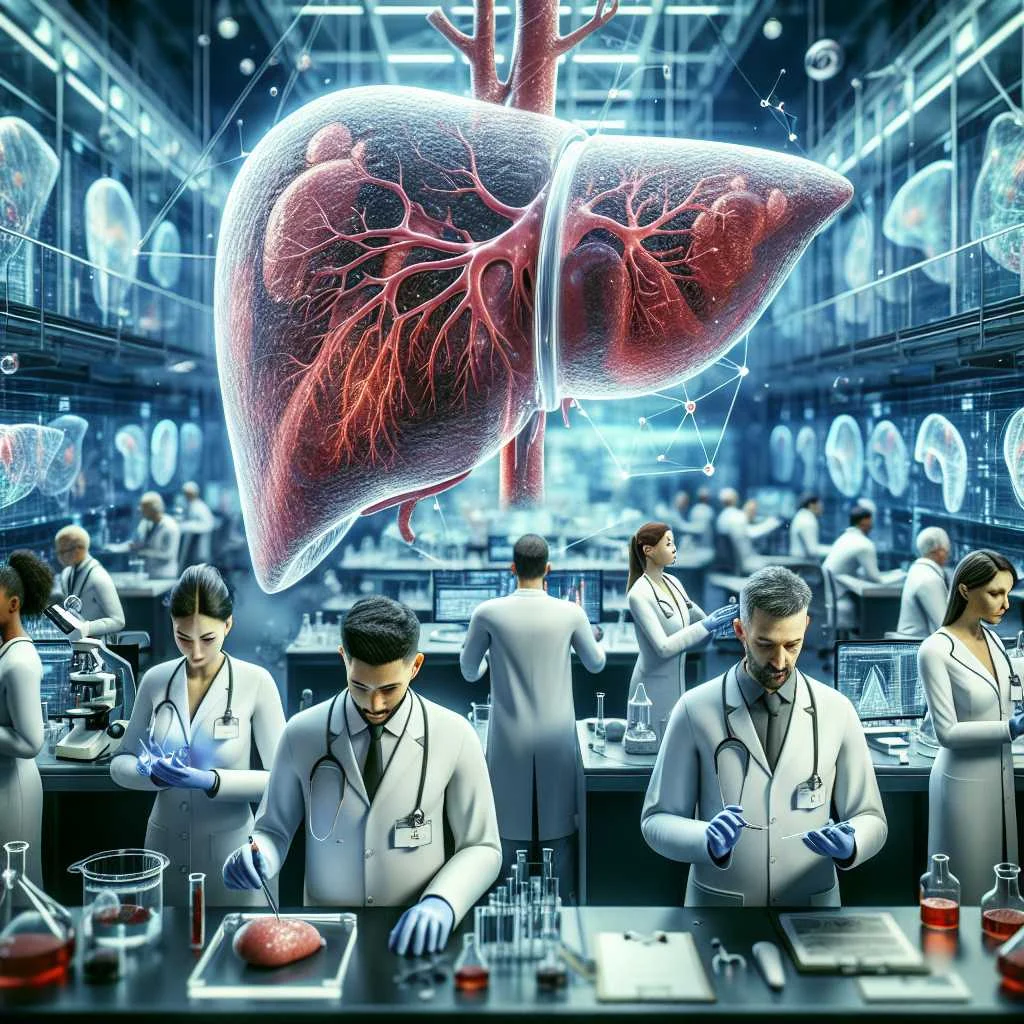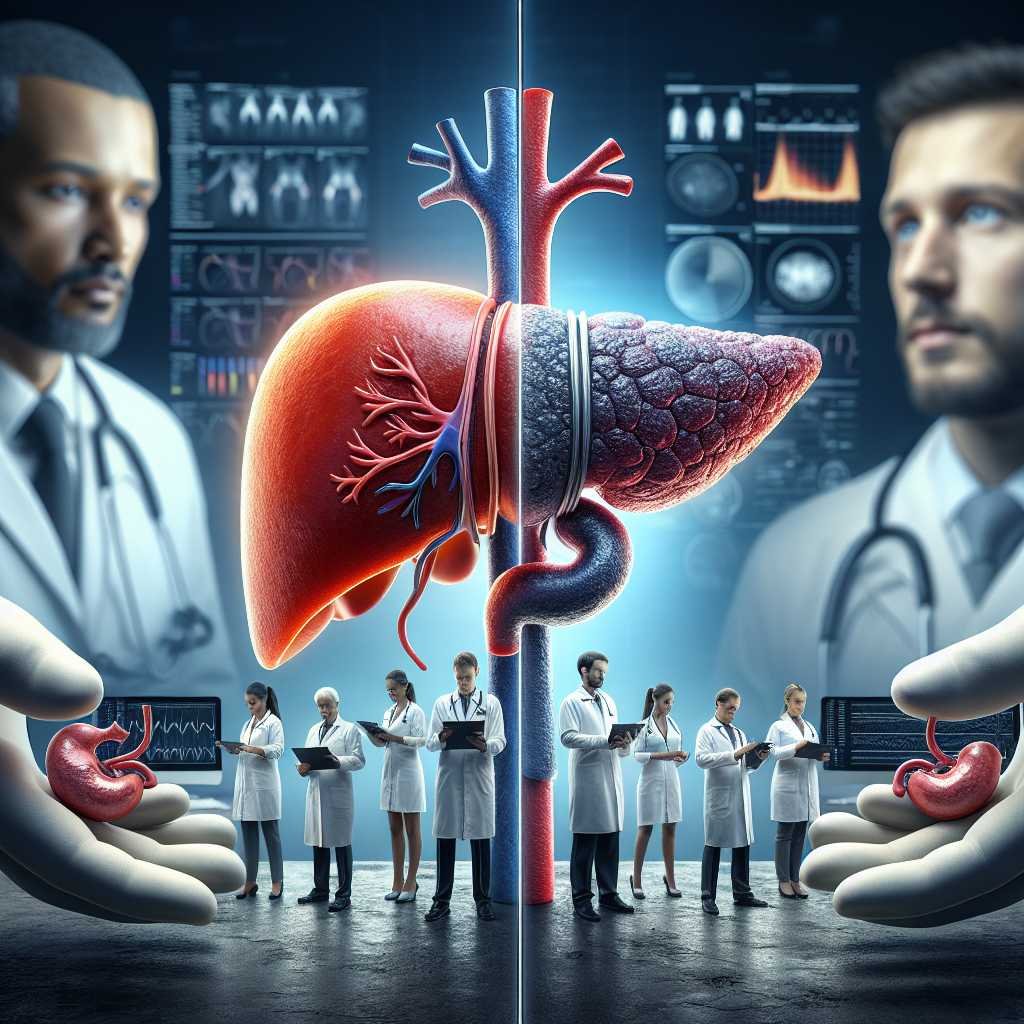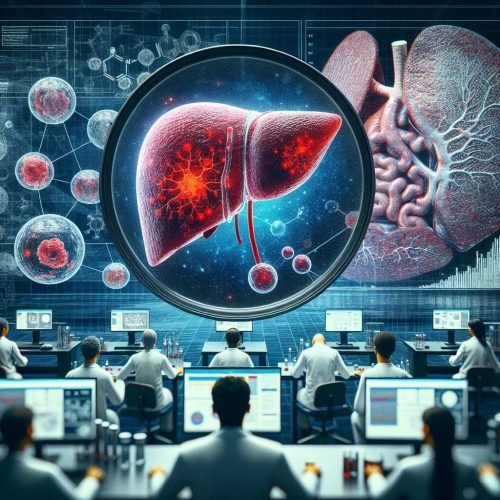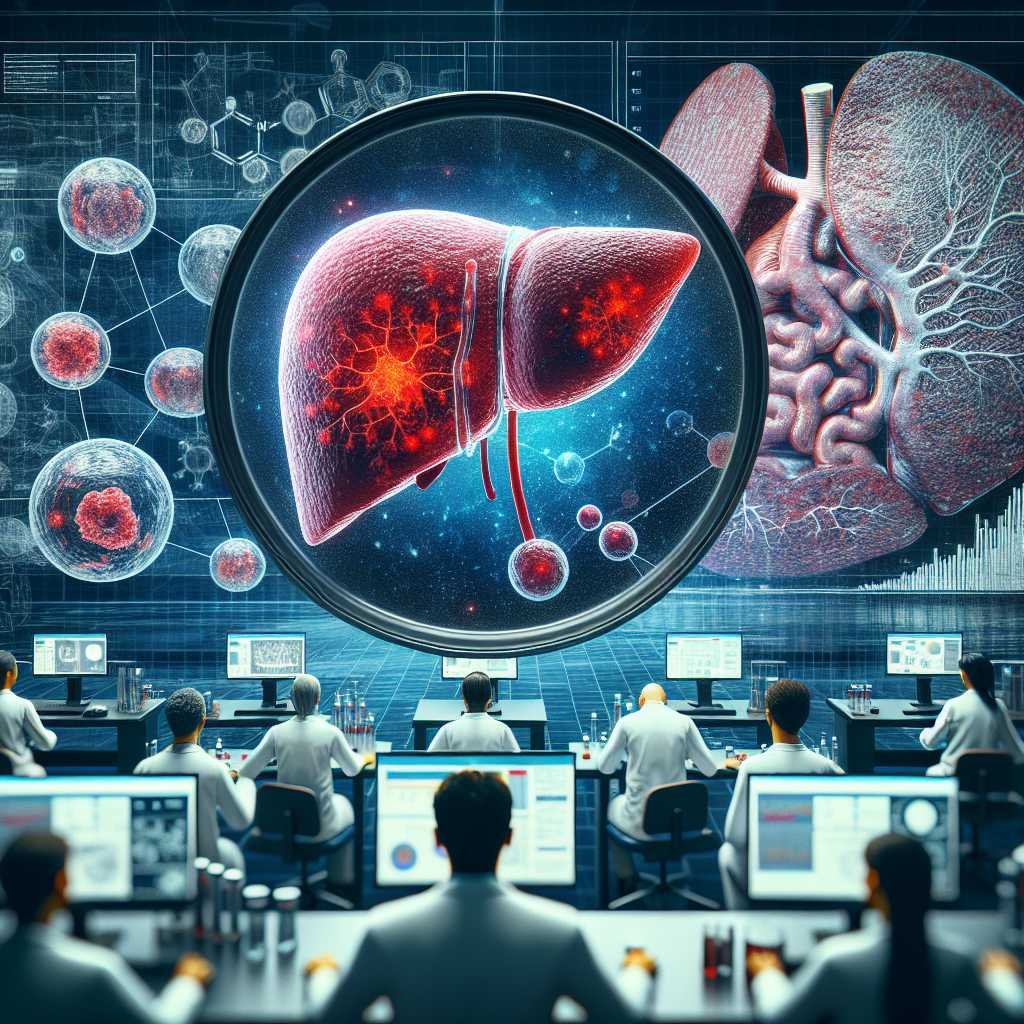
A Practical Approach to the Endoscopic Management of Biliary Strictures After Liver Transplantation
Introduction Liver transplantation (LT) is the definitive treatment for acute and end-stage liver diseases of all etiologies and is also performed in patients with hepatocellular carcinoma. Survival rates in Europe have improved significantly, achieving rates of 86% at one year and 74% at five years after LT. Despite these major improvements, biliary adverse events are […]


